When I first bought and tried a Rolleiflex I fell in love with TLRs. They are by no means perfect, but very quirky and eye-catching. I love that. Yes I am that kind of person. I could say that I also love the way the cameras operate and how they involve me more in the process and all these things. But that’s not an excuse for buying another one. I own a perfectly good Rolleiflex 2,8 F, overhauled and in great working condition. This is arguably one of the finest TLRs out there. So if it was about the photography, there would hardly be a reason to get more TLRs.
It is GAS, pure and simple. It had me rummaging through the internet again only weeks after my Rolleiflex purchase. And the Zeiss Ikoflex III caught my attention with its weird Albada viewfinder. I believe it is not the only TLR to feature one, but this feature is definitely rare in TLRs. The Ikoflex III is largely forgotten today, so a wordy introduction is uncalled for but here it is anyway:
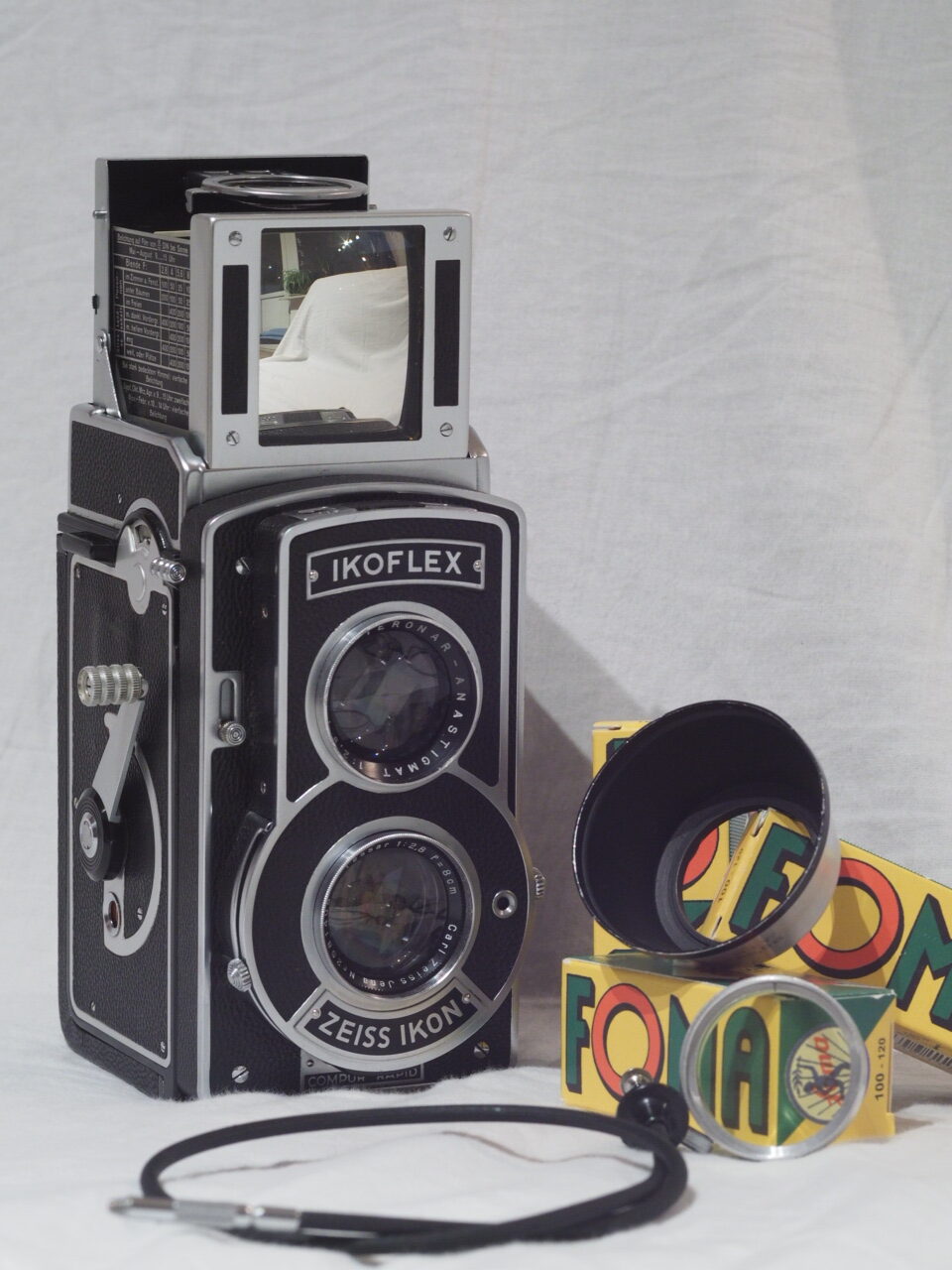
Zeiss Ikon was a conglomerate of four camera makers that was formed in 1925. They had a very broad range of products from humble boxes to cameras that were to rival and better the best in class. They challenged Leitz with the Contax II and III, featuring a real rangefinder for framing and rangefinding in the same window (Leitz only introduced that with its Leica M-Series) and a faster shutter speed (1/1250). Some say Zeiss lenses were also clearly superior.
When it came to TLRs, Rollei was the company to beat. And they wouldn’t make it easy for the competition. In 1937 Reinhold Heidecke of Rollei won the prestigious Grand Prix at the World Fare in Paris for the Rolleiflex Automat. This little marvel would transport the film and cock the shutter in a single, swift crank action and you wouldn’t need to look at a small red window to find out about the frame count. No Sir, all taken care of by mechanics. That was about as far as automation would go, but it was really far by the standards of the day. Zeiss Ikon of course rose to the challenge and responded in 1939 by releasing the Ikoflex III. Well, actually they already had released an Ikoflex III in 1938. But with my countrymen being efficient, logical and larger than life in general when it comes to photographic equipment, they decided to call the up-to-that-point model III the II/III retroactively and release the new model as the III. Makes perfect sense. I just don’t know to whom.
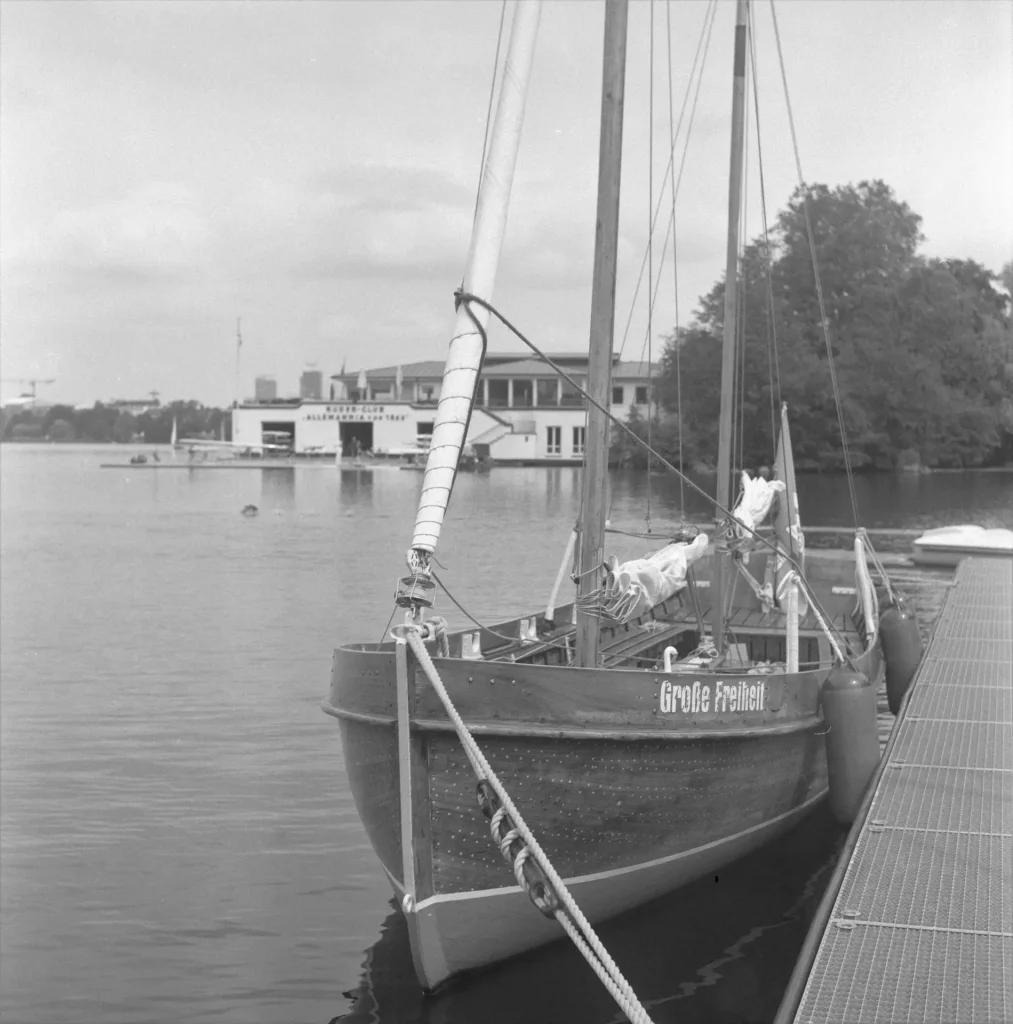
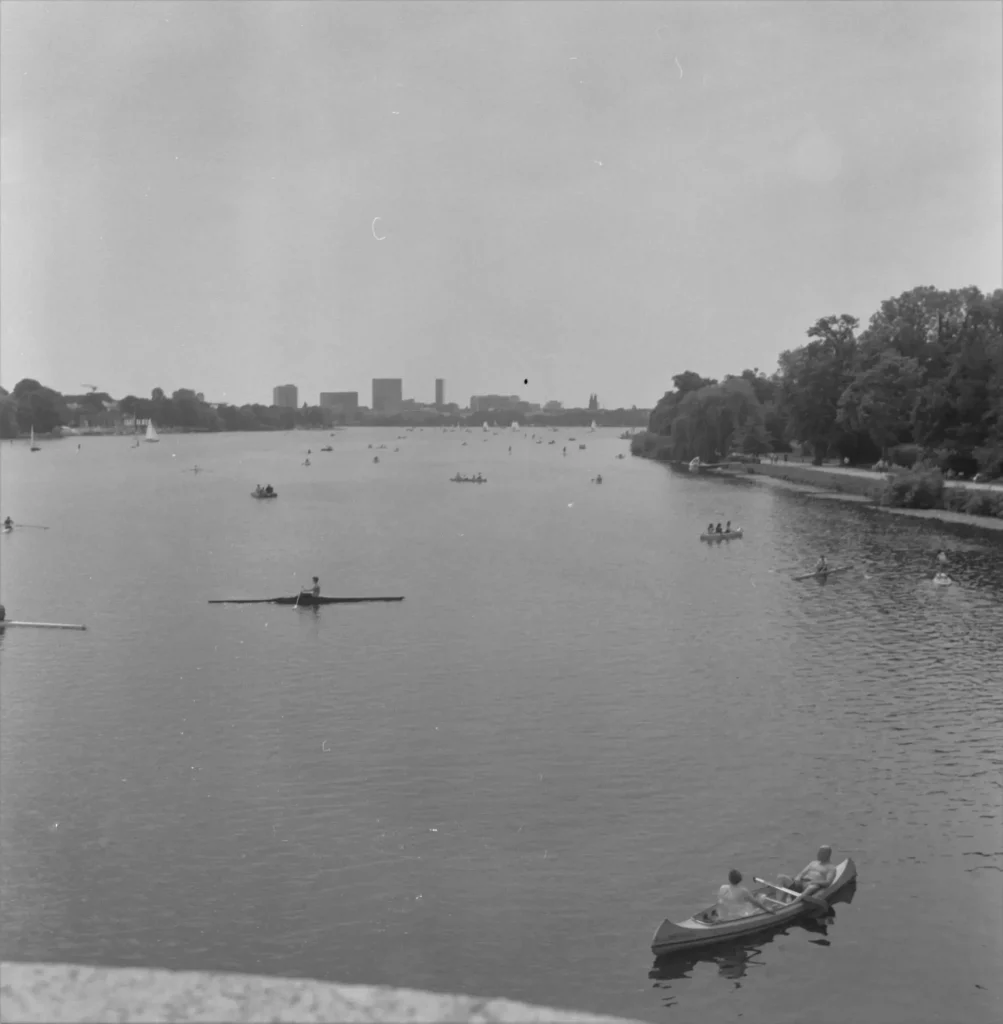
Anyway, Zeiss Ikon tried to beat Rollei so hard the effort was almost comical. Most obviously, they gave it a pretty hefty lens, a Zeiss Tessar 2,8 80mm. That was not the fastest TLR taking lens in the market, the Foth-Flex II had an f 2,5 taking lens. But it was certainly faster than the Zeiss supplied Tessar in the Rolleiflex. Eat that, Reinhold. They also gave it a hideously complex transport and cocking mechanism which could do the same as the Rollei mechanism, but with a shorter rotation of 180 degrees only. What do you say to that Mr. Heidecke?
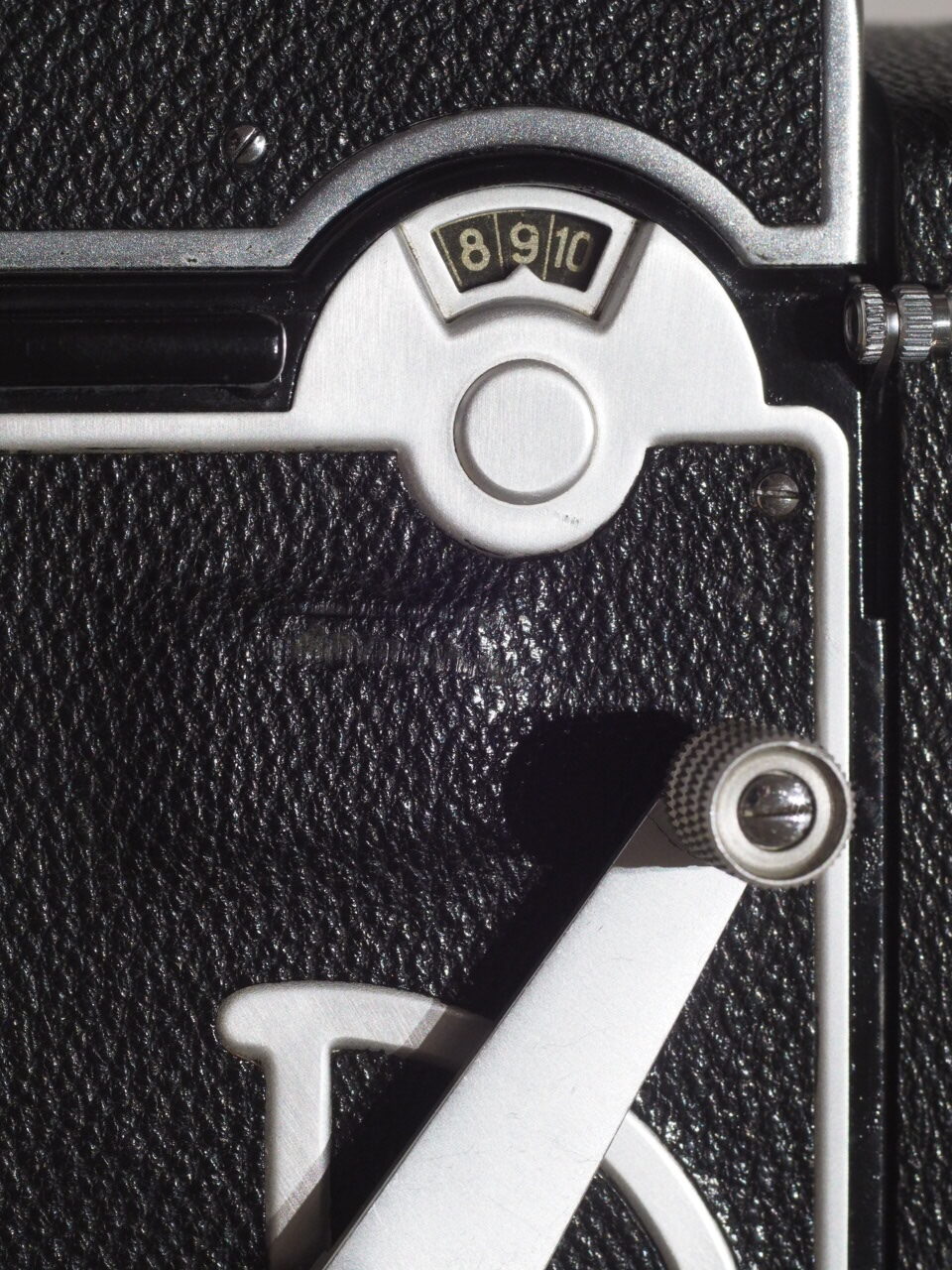
The Albada Viewfinder was admittedly dimmer than a Rolleiflex Sportsfinder (which is merely a cut out you can open in the viewfinder hood – it has no glass in it and is perfect for zone focus picture taking), but it featured a parallax correction mechanism coupled to the focusing knob. Well, that´ll teach you, Rollei.
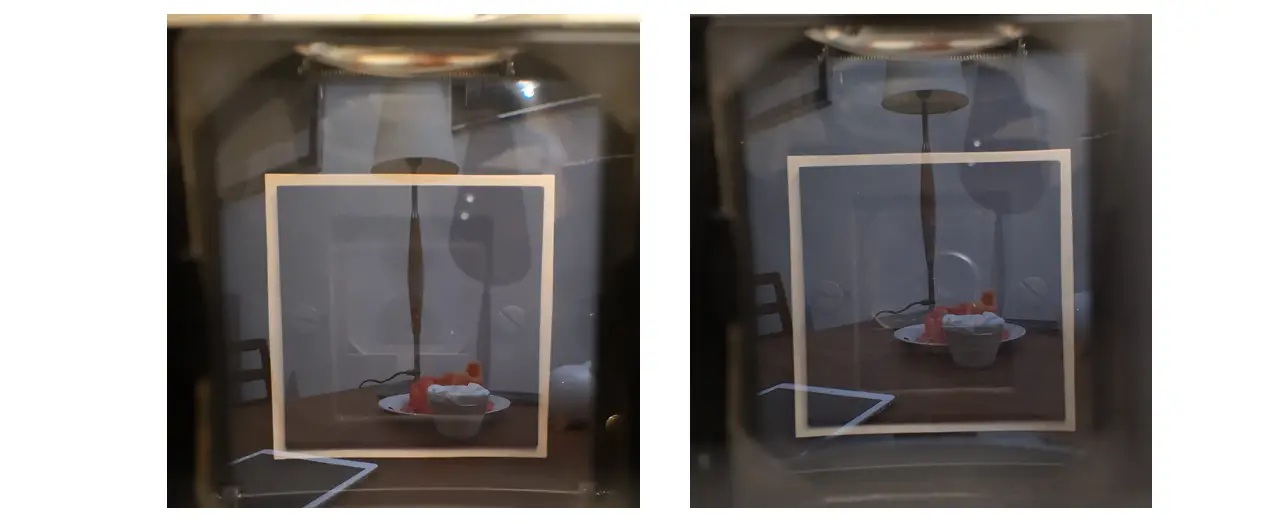
The Ikoflex also has a neat indicator to tell you that it is loaded with film.
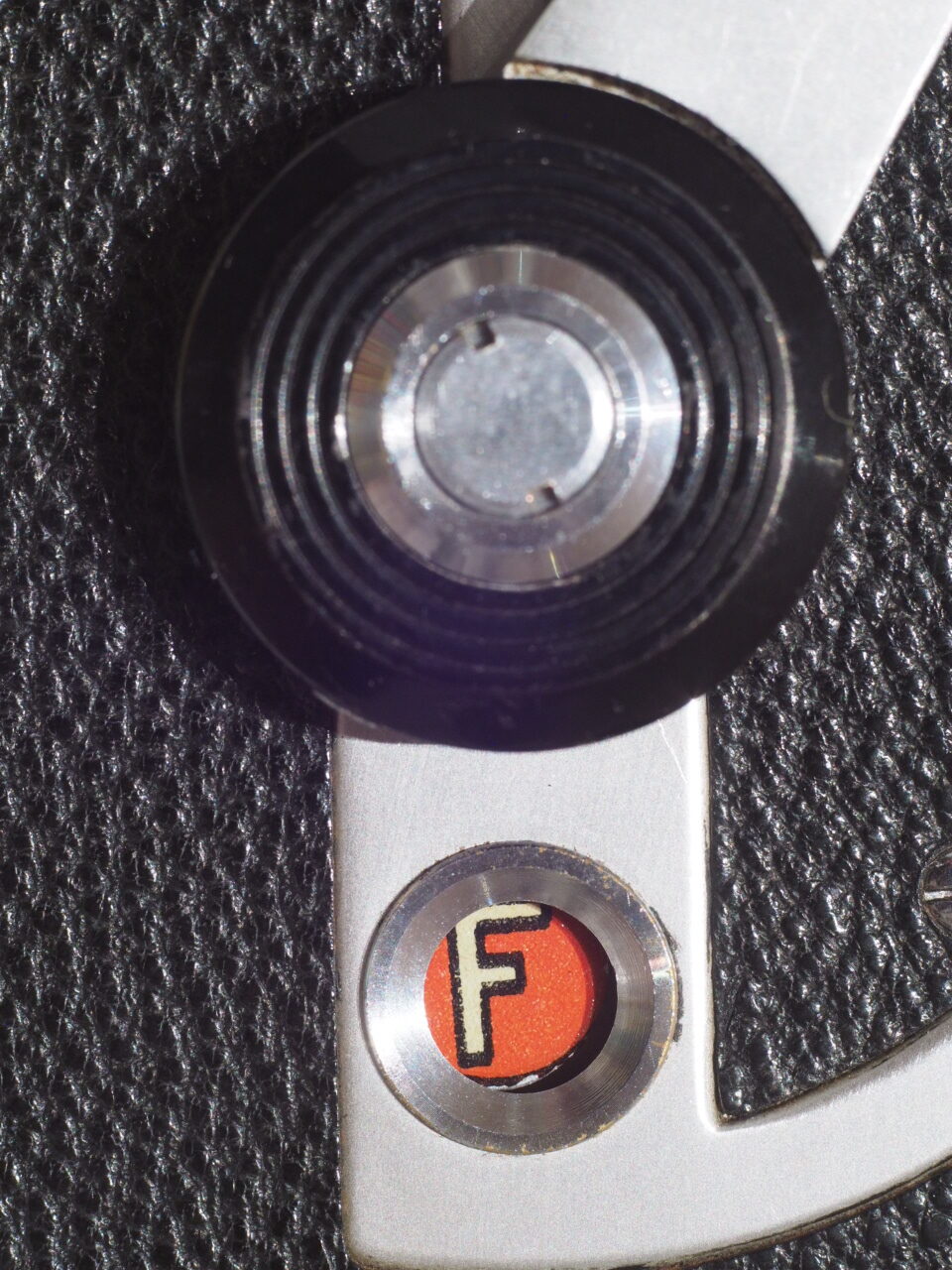
It has another indicator which is even better because it will show you a black disk when the shutter is not cocked. It will then show you a red disk when it is cocked. You´ll want to know that because you can’t lock the shutter release button which is really light to trigger. Finally, it will show you a white disk when the self-timer is activated which is also handy as the self-timer lever will move back into position after actuating it.
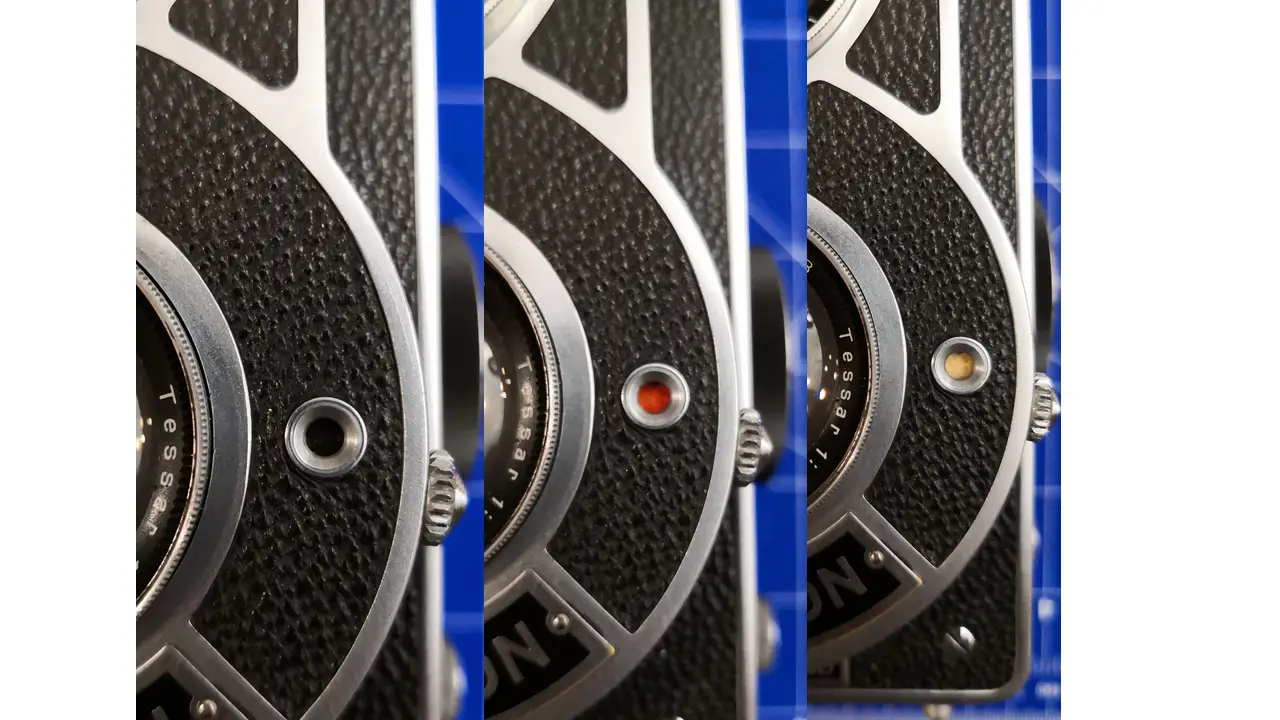
Oh yes, and it of course has a Compur Rapid shutter going up to 1/400th of a second. The instructions tell you not to force the 1/400th AFTER cocking, it´ll break the shutter. And it has a body of magnesium alloy to keep the weight down. So. There you have it. Give up Rollei. Zeiss Ikon is getting ready to walk all over you. All that could be bought for 320 Reichsmark which was ludicrous money for a camera. This is like Ford taking on Ferrari with the GT… But it was not to be. Few cameras were made (~ 8.500) and then WWII started only shortly after production of the Ikoflex III had begun. A chapter of its own…
I had to have one, obviously. Obvious to anyone who suffers from GAS as well. I found one on ebay which was advertised as “working”. The model III is not a very common item on auction websites. 3 out of 4 will not be in working condition. My copy had a lot of dings and dents as they all had when I was looking. And most of it seemed to work, except the 1/400th and the focusing, which was extremely stiff. It would turn, but I was afraid of breaking something, it was so stiff. So I gave it to one of my trusted shops here in Hamburg (Foto-Wannack). They feature a fine selection of second hand gear and cooperate with a seasoned repair guy. Who opened the camera and let me know it was going to be his masterpiece. It was the most mechanically complex camera he had ever seen. Then, sadly, he fell ill for some time and was unable to work. When he returned he let me know that the stiffness of the focusing knob was caused by corrosion in some obscure bearing of some rod in the focusing mechanism. He literally said “there is metal blossoming” probably meaning that something like Magnesium alloy does not do something as mundane as rust. And that there was a 1:5 chance to break the camera terminally when trying to remove that. You will find that this is a frequent issue with the model III.
I took the chance, it didn´t break and it finally came back. It works fine now, but the lens board has some play (I “fixed” that with a little bit of felt). It was then that I discovered another Ikoflex III on the internet – compared to mine, it was pristine and was advertised as fully working. Which it was as I found out when I bought it at a very reasonable price… Don´t call me an idiot. My better half has done that for you already.
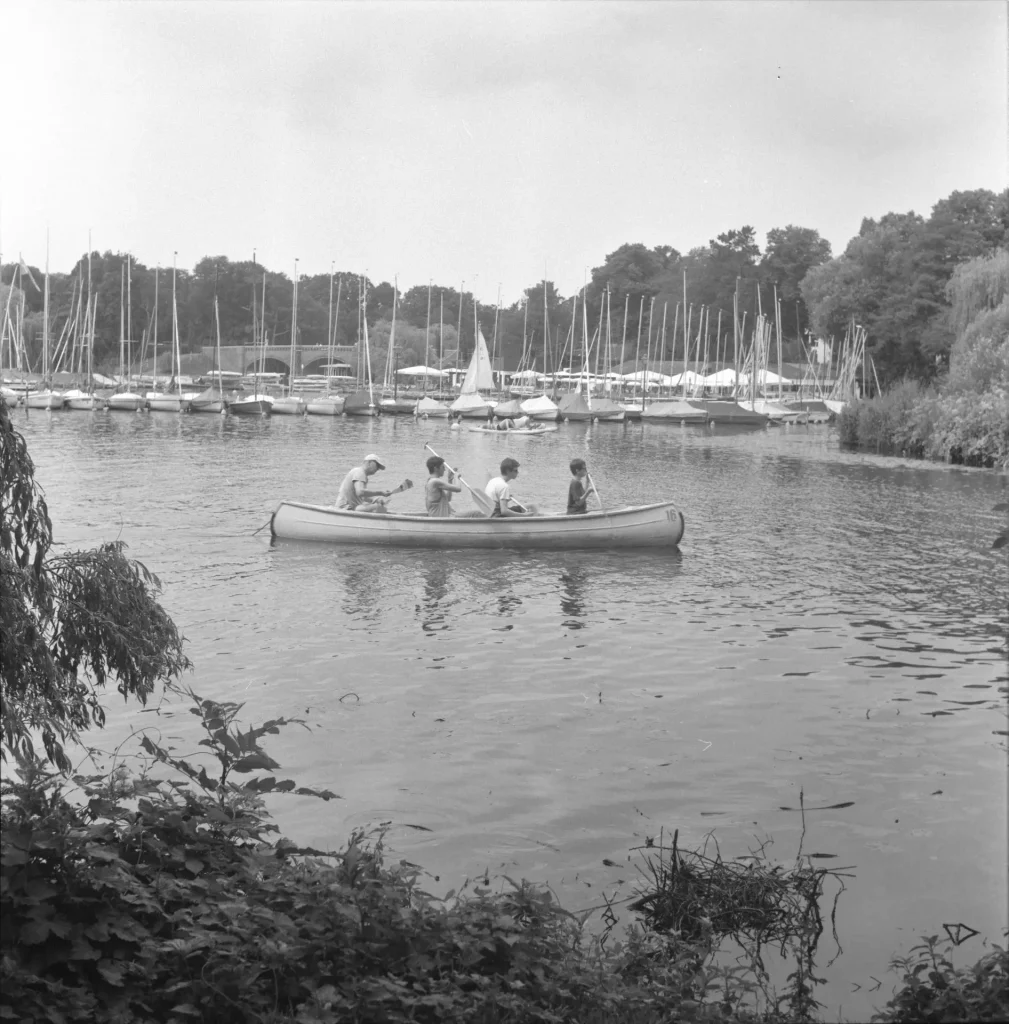
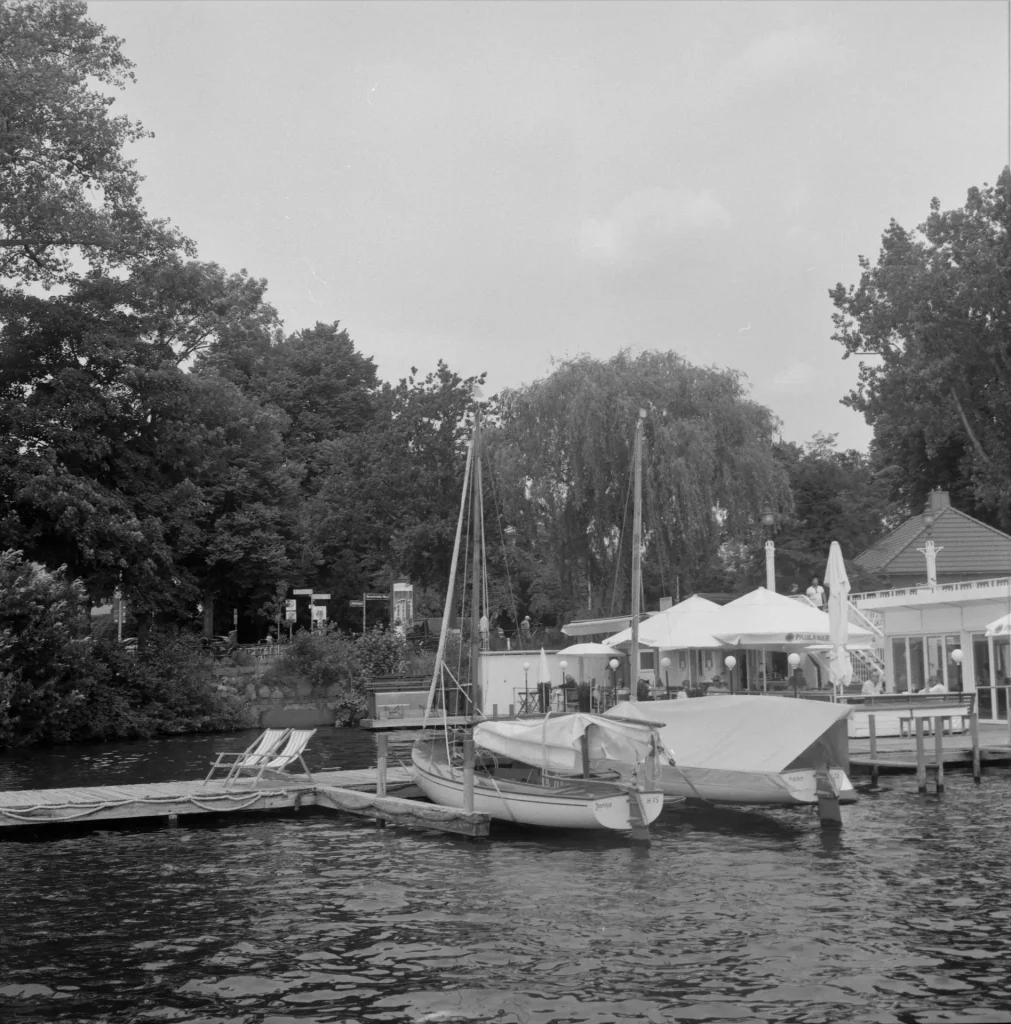
I like to have excuses for my more obvious stupidities. In the case of cameras, I usually go for a project that I make up after the fact. Here, the camera lent me a hand with the year of its release: 1939. Anyone living in Europe will recognize its significance. So the project is the following: I will try to find the traces of the year 1939 in my home town of Hamburg and will take pictures using this very Ikoflex and materials which would be like those available at the time.
Historically, that is not quite as simple as it sounds. There are things that happened in 1939 in Hamburg that are well known and documented. WWII in Europe starts, of course and affects Hamburg. But before that, the odyssey of the “St.Louis” begins in Hamburg. Look it up, it is worthwhile finding out about it. The Neuengamme concentration camp becomes operational… The battleship “Bismarck” is launched in the Blohm & Voss yard. But I wonder… Of course these are very important things that left traces and must form a part of the project. But there also must have been something else. People in Hamburg were not just engaged in genocide and wars of aggression, they also had a life like most of us have today, which makes it all the more crazy and sad. There is next to nothing about that on the internet. So I will dig in local newspaper archives to see what that other part of life was like, the not being a Nazi, committing crimes and making war part. And of course there are people who were born in that year and some of them will still be around today. Maybe they should be in the project, too?
Technically, some research seems to suggest that Fomapan 100 is comparable to films available in the 1930ies, although it is obviously faster than the standard films of the day. I´m open to suggestions which film stock comes closer to what they had in the day! Rodinal certainly was around in the thirties. Buying that is simple. Using it expertly is not. I have last developed a film 38 years ago and even then only a few rolls of 35mm. This piece shows the results of my initial trials with Fomapan 100 and R09 one shot developer (a Rodinal derivative) and as you can see there’s dirt and artefacts and I´m not sure about the quality of the development and the scans. I believe the pictures are nowhere near as good as they would have been in the day: The Ikoflex III was intended for people willing to spend a lot on a camera, so they´d either have known what they were doing or had access to someone who did. I, on the contrary, have to yet start mastering the basics of film development and handling. Btw, scanning was done with a digital camera and manual macro lens and post processing was done in GIMP. I´m pretty bad at all of that, too. A long way to go!
Before I close this off, just a few experiences with this camera I´d like to share. It has a really short focus throw. Because of that, I don’t much like to use the 2,8 aperture because even with the in-built magnifying glass (a beautiful piece) it is not simple to focus precisely.
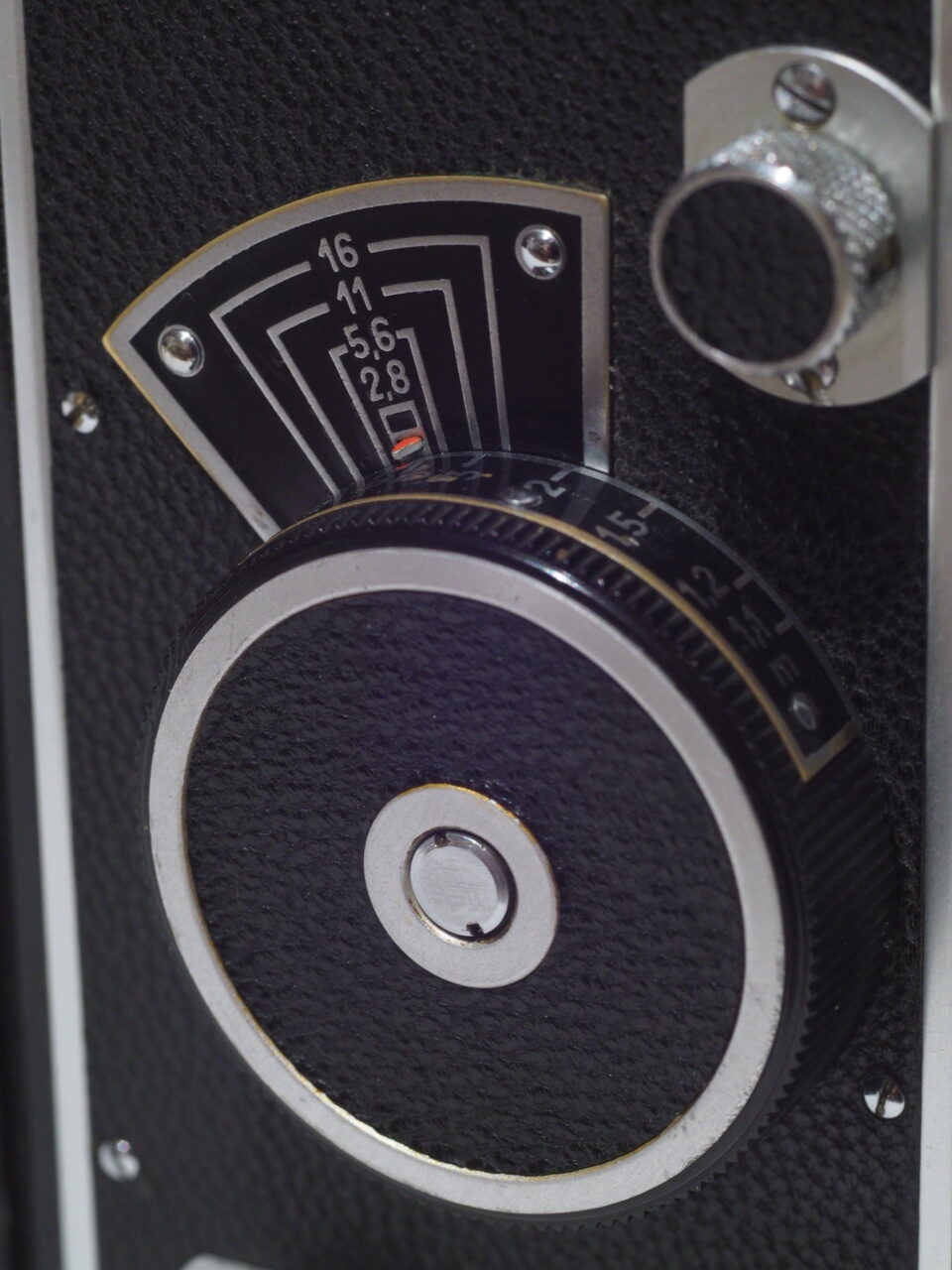
The screen is a little bit dim. I don´t know if that is due to deterioration of the mirror over 82 years. The ergonomics are not all optimal. The shutter release is positioned high up on the right side of the body and you press downwards. That gives me the feeling that I`m also tilting the camera in the process. So for optimal sharpness, as always, use a tripod and a cable release. The lens has no coating and is prone to ghosting. Use a hood.
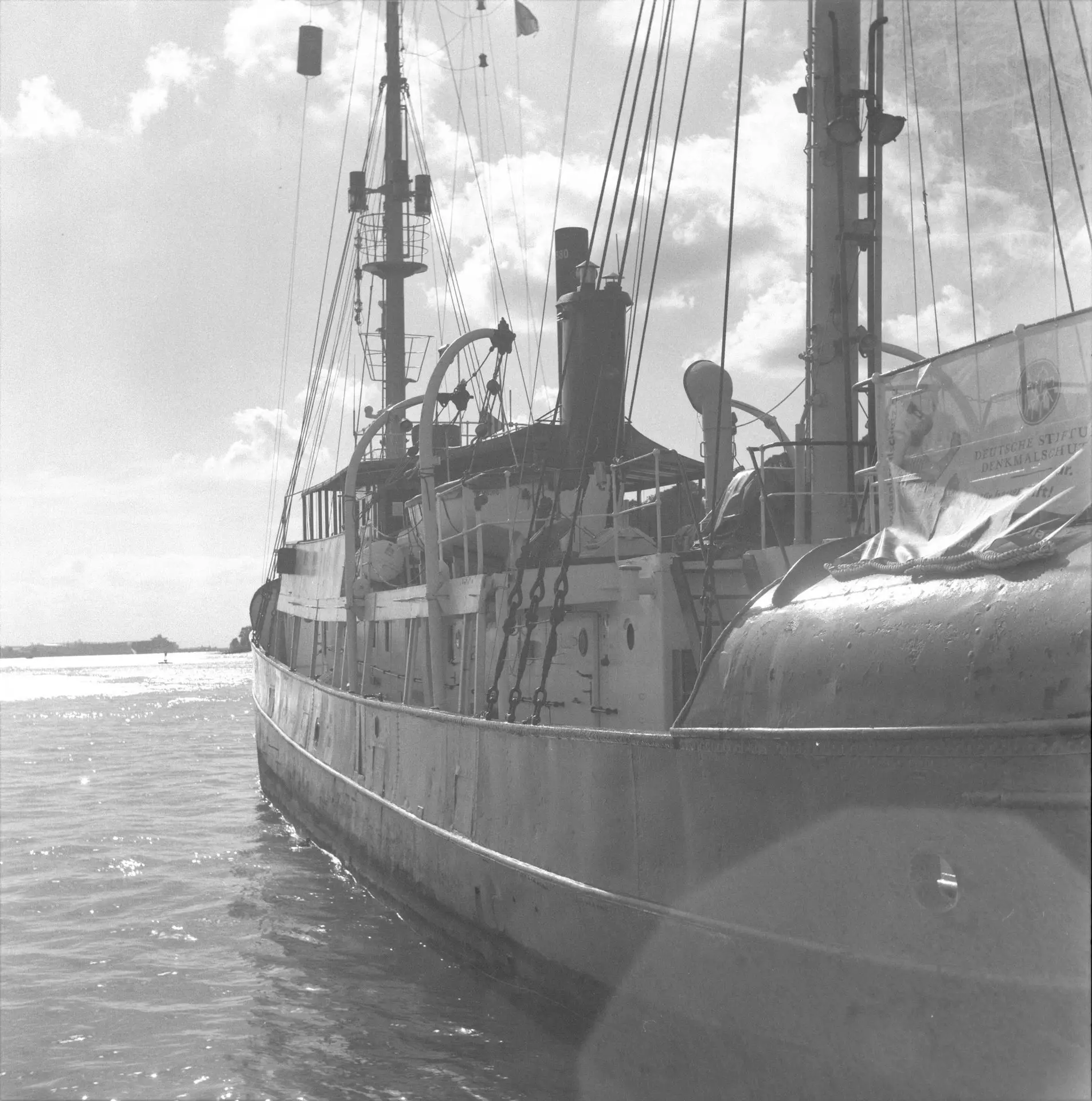
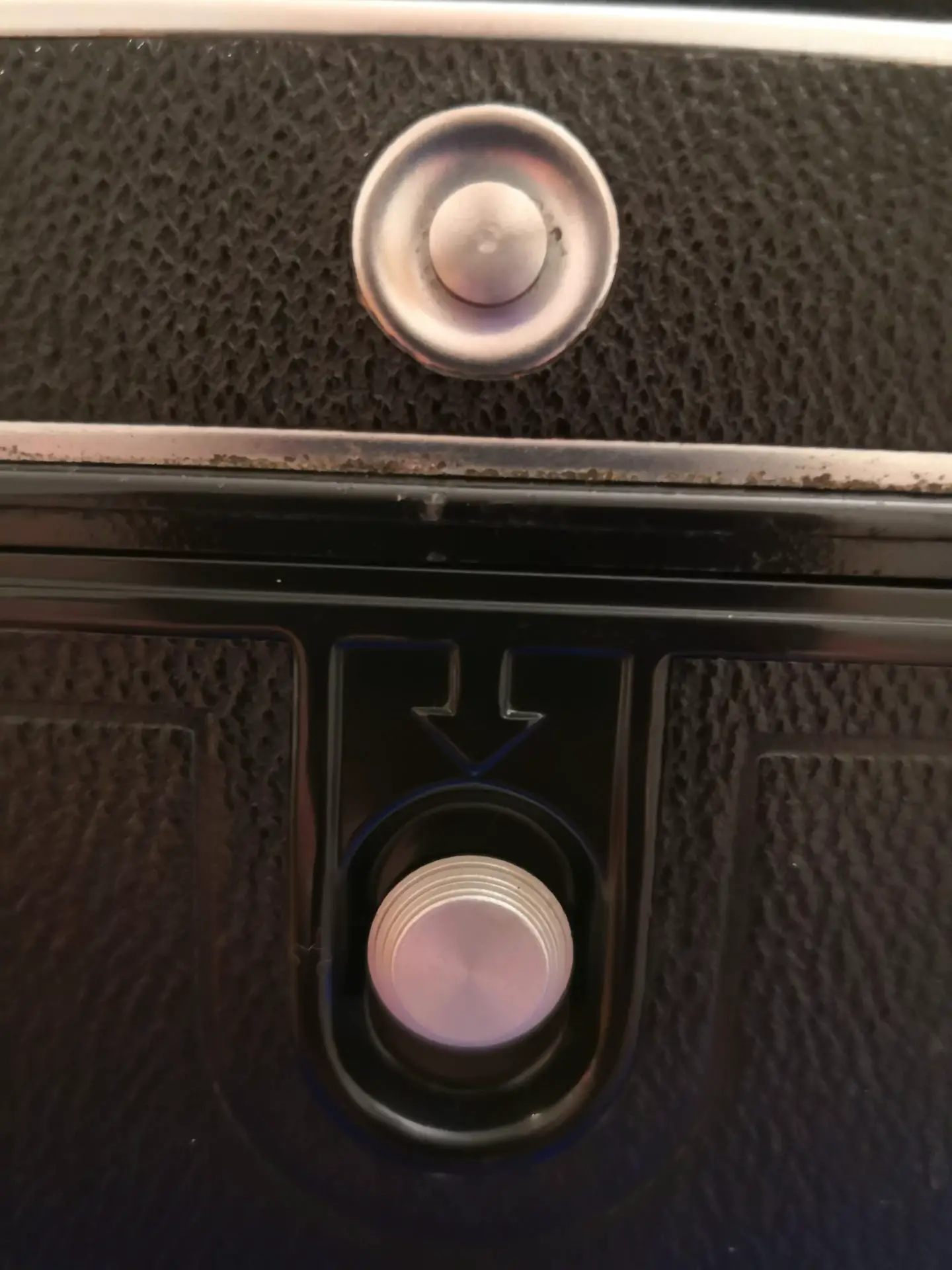
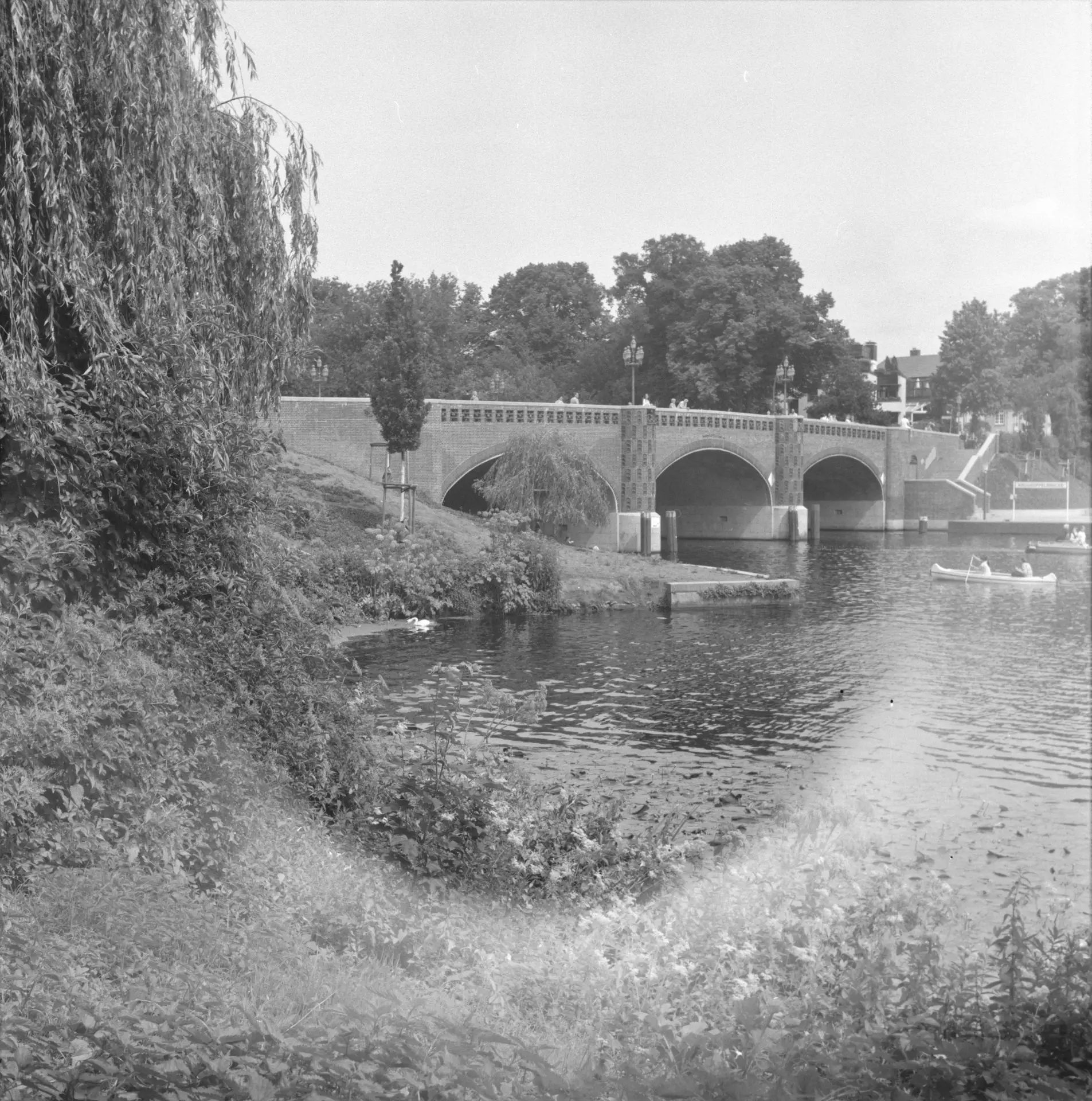
So, the Zeiss Ikoflex III is a quirky TLR that I bought – twice – despite the fact that I already have a much superior TLR. But it has a project going with it which I need time to learn the necessary facts and skills for and that is good because every minute spent on that project is not spent on hunting for more cameras. What’s not to like?
Share this post:
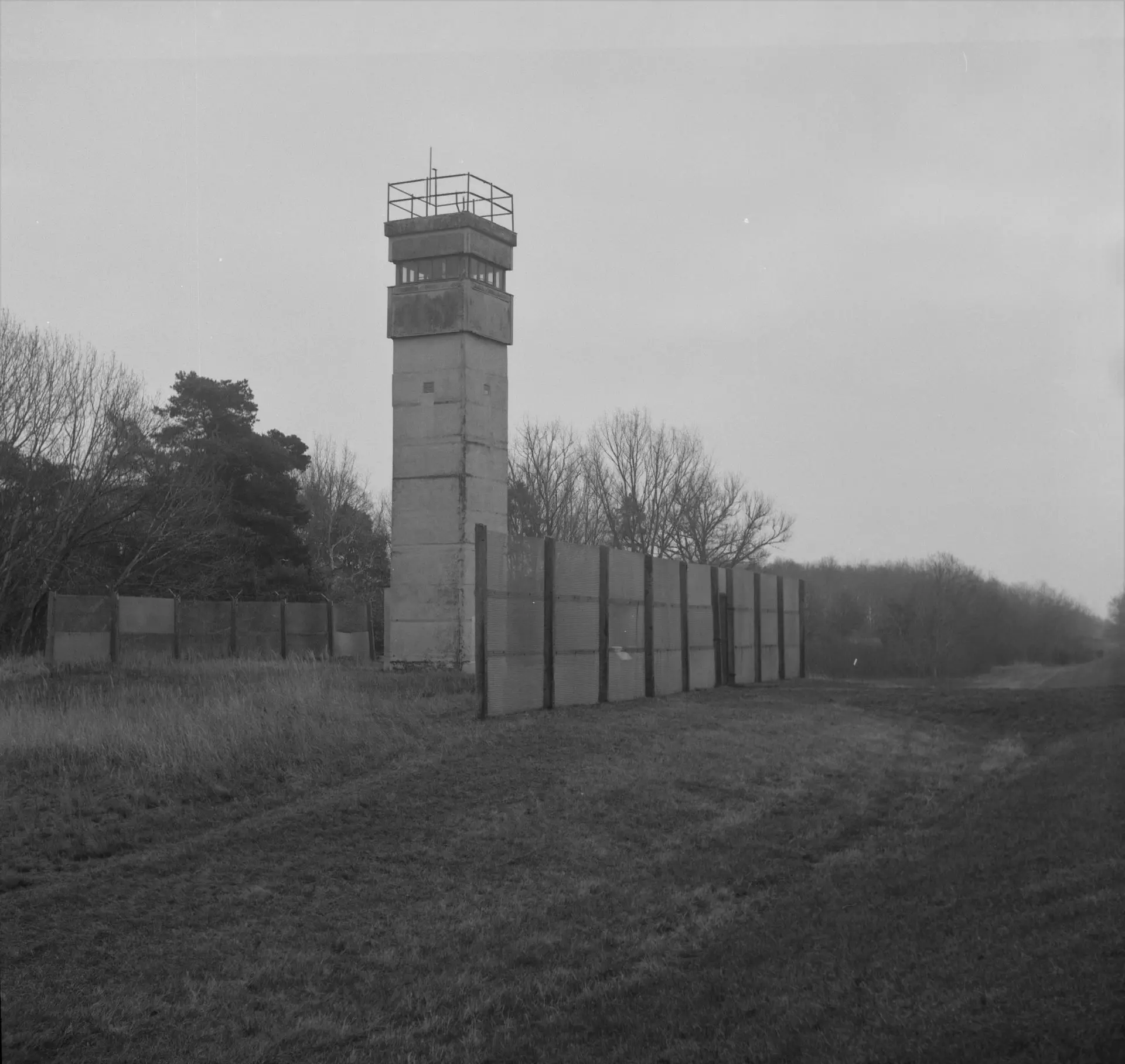








Comments
Steve on Zeiss Ikoflex III (1939) – Atoning For GAS By Doing A History Project – By Stefan Wilde
Comment posted: 21/02/2022
Steve.
Comment posted: 21/02/2022
Comment posted: 21/02/2022
Comment posted: 21/02/2022
Comment posted: 21/02/2022
Comment posted: 21/02/2022
Nick Lyle on Zeiss Ikoflex III (1939) – Atoning For GAS By Doing A History Project – By Stefan Wilde
Comment posted: 21/02/2022
Comment posted: 21/02/2022
Comment posted: 21/02/2022
Comment posted: 21/02/2022
Comment posted: 21/02/2022
Adrian Cullen on Zeiss Ikoflex III (1939) – Atoning For GAS By Doing A History Project – By Stefan Wilde
Comment posted: 21/02/2022
Comment posted: 21/02/2022
Peter Roberts on Zeiss Ikoflex III (1939) – Atoning For GAS By Doing A History Project – By Stefan Wilde
Comment posted: 21/02/2022
The photos I found evocative. Hamburgers messing around in boats? I don't suppose that has changed much since 1939.
In my experience having a project to justify an attack of GAS can be counter-productive, sometimes I think a have as many projects on the go as I have cameras. Could this be termed PAS I wonder?
Gruß aus London!
Comment posted: 21/02/2022
Comment posted: 21/02/2022
Comment posted: 21/02/2022
Terry B on Zeiss Ikoflex III (1939) – Atoning For GAS By Doing A History Project – By Stefan Wilde
Comment posted: 21/02/2022
Zeiss Ikon has always appeared to me to be a somewhat schizophrenic company. They spot a good idea - Leica 35mm, Rollei TLR, and later slr, and somehow manage to cock things up in trying to better them or be the best. Sometimes they succeed but have also produced cameras so complicated that servicing or repairing them can be a nightmare, such as with their highly complicated Contarex cameras. With Leica, they had to overcome Leitz patents and so came up with the vertical shutter and unusual film winding/speed setting knob on the front of the body in the Contax 1 and somewhat prone to failure. Fortunately, they put matters right with the superb Contax II and III.
The images lack a lot of contrast, IMO, but this is very unlikely to be caused by an uncoated lens. I mean, look at all those images taken before coated lenses, such as those from Atget, for example. I suspect it is a developer/film issue. Quite what happened here, I don't know as I never used, nor liked images developed in it. Have you tried something like Kodak D76/Ilford ID11? These may be a better match.
Re your last image, this is very unusual to say the least. Has it only happened once? I can't conceive of it being developer related, more likely a camera issue. But what? Looking into the light area the leaves beyond are well defined so it seems part of the negative has received additional exposure. But why tangentally, and with a clearly defined defined cut off towards the centre. A wild guess is one of the leaf shutter blades wasn't moving as fast as the others thus allowing more light to pass through the arc it covers. Or a victim of shutter "bounce" where the blades return to their closed stop position but rebound a little before finally settling to the fully closed state. Could this be happening with just one blade? Wild conjecture on my part, so it would be interesting to hear from othere more knowledgeable.
Comment posted: 21/02/2022
Bill Brown on Zeiss Ikoflex III (1939) – Atoning For GAS By Doing A History Project – By Stefan Wilde
Comment posted: 21/02/2022
I've never owned a TLR but they have such an iconic look to them.
Comment posted: 21/02/2022
Adrian Cullen on Zeiss Ikoflex III (1939) – Atoning For GAS By Doing A History Project – By Stefan Wilde
Comment posted: 21/02/2022
Comment posted: 21/02/2022
Comment posted: 21/02/2022
Kurt Ingham on Zeiss Ikoflex III (1939) – Atoning For GAS By Doing A History Project – By Stefan Wilde
Comment posted: 21/02/2022
Stefan Wilde on Zeiss Ikoflex III (1939) – Atoning For GAS By Doing A History Project – By Stefan Wilde
Comment posted: 21/02/2022
thanks for reading! Circle of Confusion can be related to so many things; a round about in Lübeck where I used to live, the German government, the choir I last sung in before the pandemic... I guess even photographers will have so many associations that they were excused for not joining the dots when it came to the band name. However, as a band name I find it very appealing!
Jens on Zeiss Ikoflex III (1939) – Atoning For GAS By Doing A History Project – By Stefan Wilde
Comment posted: 22/02/2022
Aber Deine Bilder und Infos zur Ikoflex hier sind auch wunderbar !
Comment posted: 22/02/2022
Jeff on Zeiss Ikoflex III (1939) – Atoning For GAS By Doing A History Project – By Stefan Wilde
Comment posted: 27/05/2022
Regarding the shutter blade hypothesis, it's impossible for a particular blade to move slower than the rest. If a shutter blade is dislodged from the ring that moves the set then it simply does not move, if one does not notice the issue there's a chance one or several blades end up being bent by the rogue one that's jumping around when the shutter closes and finds an obstacle in its way.
Thanks for writing this article! I've been looking to get my hands on one of these ever since I first read about them a few years ago, there's something special about them (plus they're absolutely stunning). I'm into shooting for sure, but I'm equally (if not more) into fixing and restoring old cameras. I've recently found one that's within my budget and it's pretty obvious it would need a good deal of work to get it looking and performing the way it should, but I'm beyond excited to finally work with one of these!
Stefan Wilde on Zeiss Ikoflex III (1939) – Atoning For GAS By Doing A History Project – By Stefan Wilde
Comment posted: 28/05/2022
Thanks for your comment! Yes, I agree the shutter is not one of the suspects and a light leak is much more probable. Yet I assume that it is not easy to fix? I have next to no experience in fixing cameras, yet I am quite interested! What would you recommend as a starting point?
Thanks again,
Stefan
Arleth on Zeiss Ikoflex III (1939) – Atoning For GAS By Doing A History Project – By Stefan Wilde
Comment posted: 09/08/2022
What a great article. I just recently found a Zeiss Ikoflex III and I did not know much about it till now. Thank you! I do have one question I am hoping you ca help me out with. My Ikoflex III is in great cosmetic shape but does have a stuck focusing knob as well as the shutter I believe.
Id love to send my camera in to the shop you mentioned.Would you happen to have any contact information so I can reach out to them? Thank you for the article again, hoping to hear from you soon.
Arleth.
Arleth on Zeiss Ikoflex III (1939) – Atoning For GAS By Doing A History Project – By Stefan Wilde
Comment posted: 09/08/2022
What a great article. I just recently found a Zeiss Ikoflex III and I did not know much about it till now. Thank you! I do have one question I am hoping you ca help me out with. My Ikoflex III is in great cosmetic shape but does have a stuck focusing knob as well as the shutter I believe.
Id love to send my camera in to the shop you mentioned.Would you happen to have any contact information so I can reach out to them? Thank you for the article again, hoping to hear from you soon.
Arleth.
Bruce on Zeiss Ikoflex III (1939) – Atoning For GAS By Doing A History Project – By Stefan Wilde
Comment posted: 21/04/2025
Comment posted: 21/04/2025